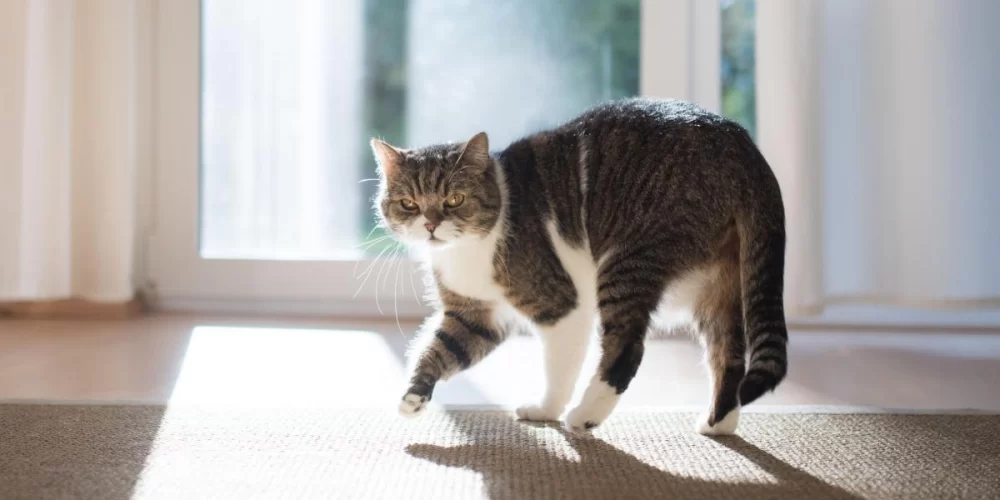- Common Causes of Limping in Cats
- Understanding the Symptoms of Limping
- How to Care for a Limping Cat
- When to See a Veterinarian
Common Causes of Limping in Cats
When you notice that your cat is limping and dragging one leg, it can be alarming. There are various potential causes for this condition, and understanding them is crucial to providing the best care for your pet. The most common reasons for limping in cats include injuries, infections, or underlying health conditions that affect their mobility.
Injuries such as sprains, fractures, or dislocations are among the most frequent causes of limping in cats. Cats, being naturally curious and agile, often find themselves in situations where they might injure themselves while jumping or climbing. A soft tissue injury, like a sprain or strain, can also lead to noticeable limping. Additionally, infections in the joints or bones, such as osteomyelitis, can cause pain and discomfort, leading to your cat dragging its leg.
Some more serious causes include hip dysplasia, arthritis, or neurological disorders that affect a cat's ability to move its leg properly. In these cases, the limp may be more persistent and not improve with rest alone.
Understanding the Symptoms of Limping
While limping itself is a key symptom, there are often other signs that can help you identify the cause of your cat's discomfort. Observing how your cat behaves can give you a clearer picture of what's going on.
For example, if your cat is dragging one leg, it may also show signs of lameness, favoring the other leg or not putting weight on the injured leg. Cats may also become less active, avoid jumping, or be more protective of the injured limb when touched. In some cases, you might notice swelling, bruising, or even an open wound near the injury site, which can indicate a recent trauma.
If your cat is reluctant to move or is visibly in pain, it's important to monitor the situation closely. If the limping persists for more than a few days, seeking veterinary care is essential to prevent further complications.
How to Care for a Limping Cat
Taking care of a limping cat requires patience and proper handling. Start by restricting your cat's movement to prevent further injury. This might mean keeping them indoors or confining them to a small, safe space where they can't jump or run excessively.
If your cat is in pain, you can help ease their discomfort by providing a soft, warm place to rest. Applying a warm compress to the affected leg for short periods may also help soothe the area and reduce swelling. However, avoid giving human pain relievers to your cat, as these can be harmful. Always consult with a veterinarian before administering any medication.
If the limping is due to an injury, you may need to clean and bandage any wounds carefully. Be gentle, as your cat may be sensitive to touch. Watch for signs of infection, such as redness, discharge, or a foul smell. If these symptoms occur, contact your vet right away.
When to See a Veterinarian
While minor injuries may improve with rest and home care, it's crucial to consult a veterinarian if your cat's limping persists or worsens. Professional care is especially necessary if you notice any of the following signs:
- Your cat is dragging the leg for an extended period (several days or more).
- There is swelling, bruising, or an obvious injury like a cut or broken bone.
- Your cat is in significant pain or refuses to eat or drink.
- The limping is accompanied by other symptoms like fever, lethargy, or behavioral changes.
In these cases, a veterinarian can provide a thorough examination and possibly conduct X-rays or other diagnostic tests to determine the exact cause of the limping. Once a diagnosis is made, your vet can recommend an appropriate treatment plan, whether it involves medication, physical therapy, or surgery.
It's always a good idea to seek professional veterinary care at Hidden Brook Veterinary for personalized advice and treatment tailored to your cat's specific needs. They offer top-quality care and can help you address any concerns about your pet's health.












